Padel: Racket Fusion Revolutionizing The Sporting World!🎾
Unleash the Thrills and Triumphs of Padel: A Fusion of Tennis and Squash that Will Leave You Hooked! Discover the captivating world of padel, where glass walls, intense rallies, and social camaraderie redefine the racket game experience for players of all ages and skill levels.
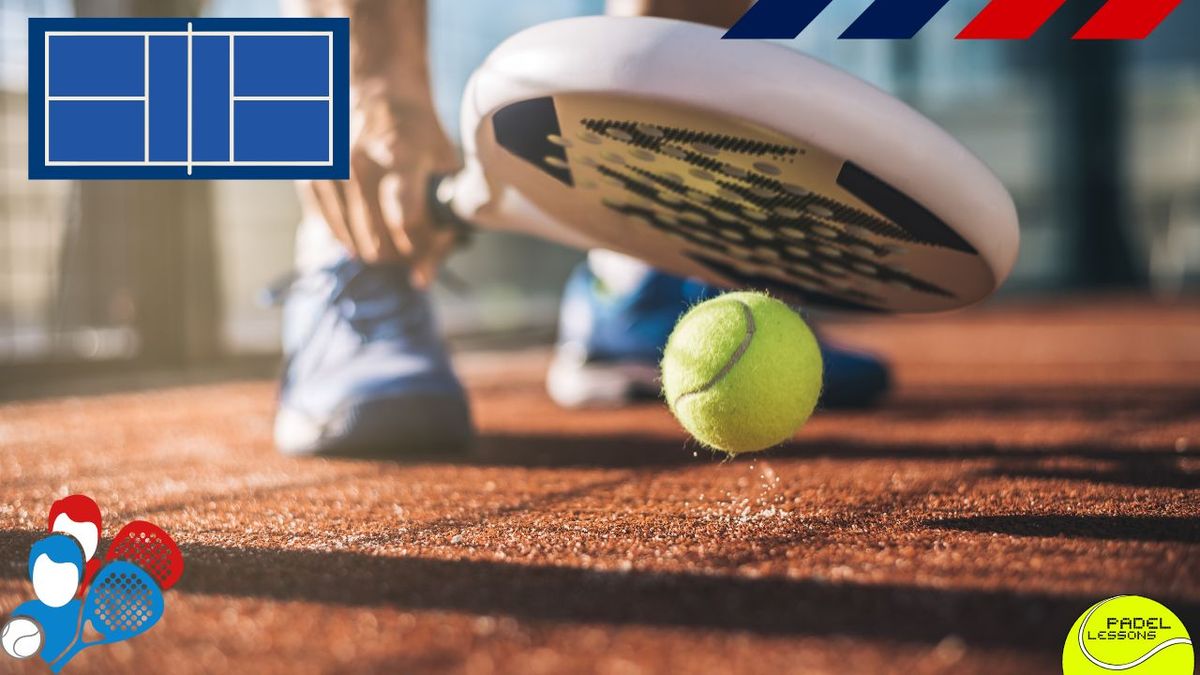
Have you ever wondered what happens when you mix the finesse of tennis with the excitement of squash and add a dash of playful camaraderie? Enter the sensational world of padel - the sport that's taking the racket world by storm! 🌪️
Padel is a racket sport that combines the best of tennis and squash, played on an enclosed court with glass walls, making it the ultimate game-changer! 🏆
Join us as we embark on a journey filled with spectacular rallies, surprising tactics, and heart-pounding moments that will leave you craving more!
So, whether you're a seasoned racket enthusiast or someone new to the game, brace yourself for an adventure that will redefine your love for sports. Pack your sense of humor, and your passion for play, and let's dive into the thrilling world of padel - where every shot is a masterpiece and every game is an unforgettable symphony of racket magic! 🚀
What is Padel?
Padel is a thrilling and fast-paced racket sport that combines elements of tennis and squash. It is played on an enclosed court with glass walls on all sides, making it a unique and captivating experience.
Players use solid paddles to hit a specialized ball with holes, similar to a wiffle ball, creating exciting rallies and unpredictable angles. Padel is typically played in doubles, fostering a social and enjoyable atmosphere on the court. It has gained immense popularity in various parts of the world, offering players of all ages and skill levels an exhilarating and accessible way to stay active and have fun.
Padel Court Size And Walls
A padel court is a rectangular playing area enclosed by glass walls on all four sides.
Court size: 20m x 10m (approx. 66 x 33 feet) - includes playing area & walls
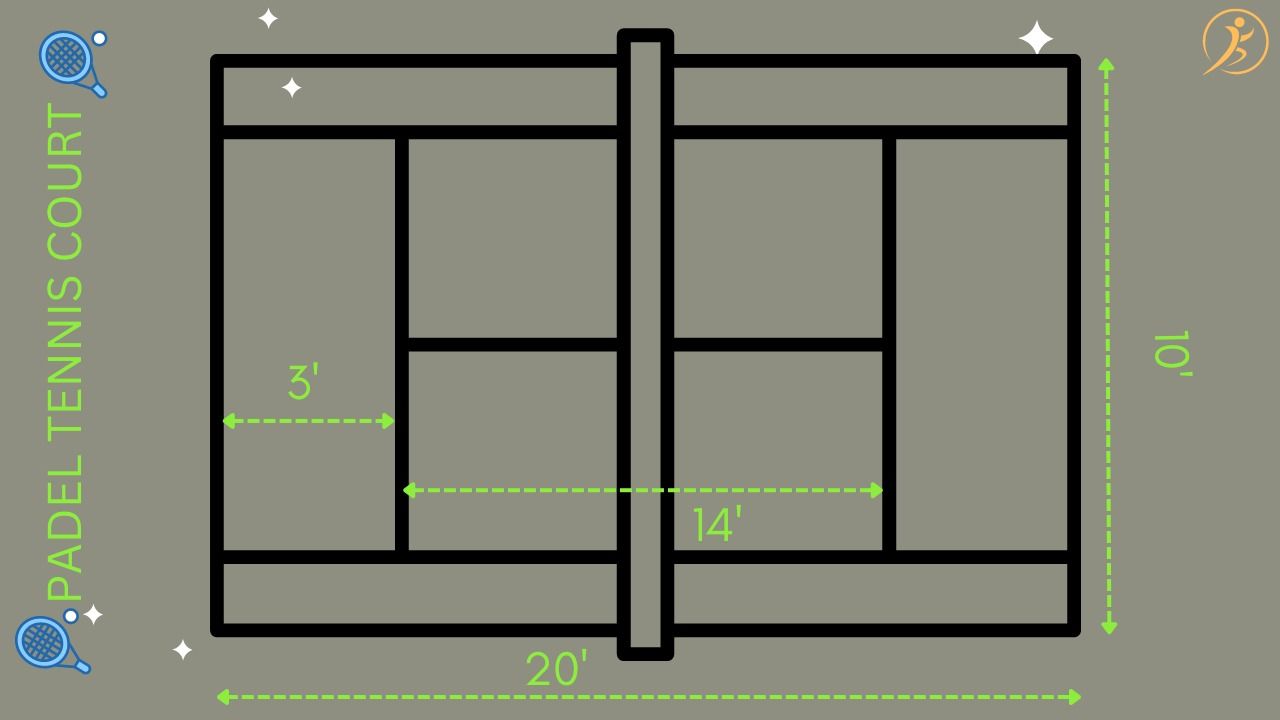
The glass walls surrounding the padel court are an integral part of the game. Players can use the walls to bounce the ball, adding an exciting and strategic element to the gameplay. The walls enable players to hit shots with different angles and spin, making Padel a dynamic and exhilarating sport.
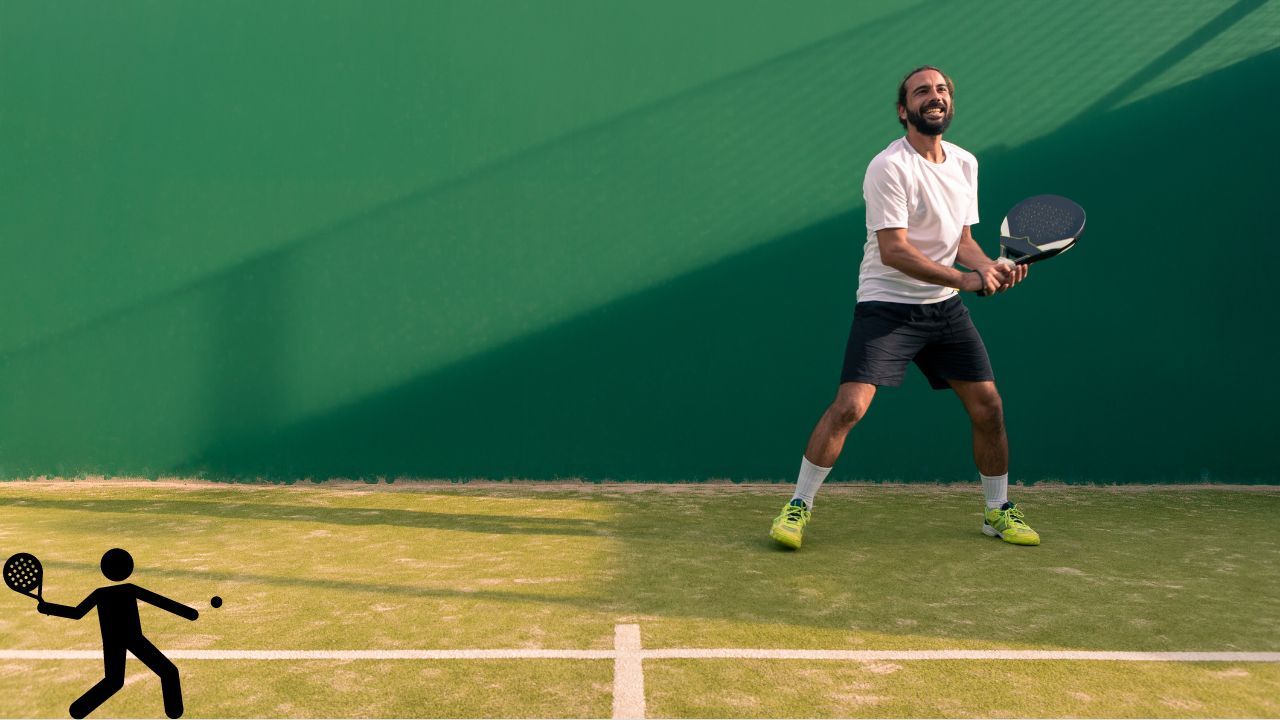
Glass walls: 3m (approximately 10 feet) high
Providing enough height to contain the ball during rallies and allow players to play off the walls. The transparent nature of the walls also enhances the spectator experience, as it enables viewers to witness the action from various vantage points around the court.
Overall, the unique court size and the incorporation of glass walls make Padel a standout and engaging racket sport that continues to captivate players and fans worldwide.
RULES
Playing padel is a breeze once you grasp the basic rules and techniques. Here's a quick guide to get you started on the court:
1. Scoring System: Padel uses a similar scoring system to tennis. Points are counted as 15, 30, 40, and game.
Deuce: If the score reaches 40-40, it's called "deuce," and the next point wins the "advantage." If the serving team wins the next point, they win the game. If they lose, it goes back to deuce.
2. Serve: Start the game with an underhand serve, hitting the ball diagonally into the opponent's service box. The ball must bounce within the box without touching the walls.
3. Bouncing Rules: The ball must bounce on the ground once before hitting any walls. It can bounce off the walls at any time during the point.
4. Ball in Play: If the ball touches the walls but remains within the court boundaries, it's considered "in play," and the rally continues.
5. Double Bounce Rule: Both teams must let the ball bounce once on each side before volleying. After the double bounce, players can hit the ball before it bounces.
6. Serve Return: The return of serve must be hit after the first bounce and must clear the net and land within the opponent's court.
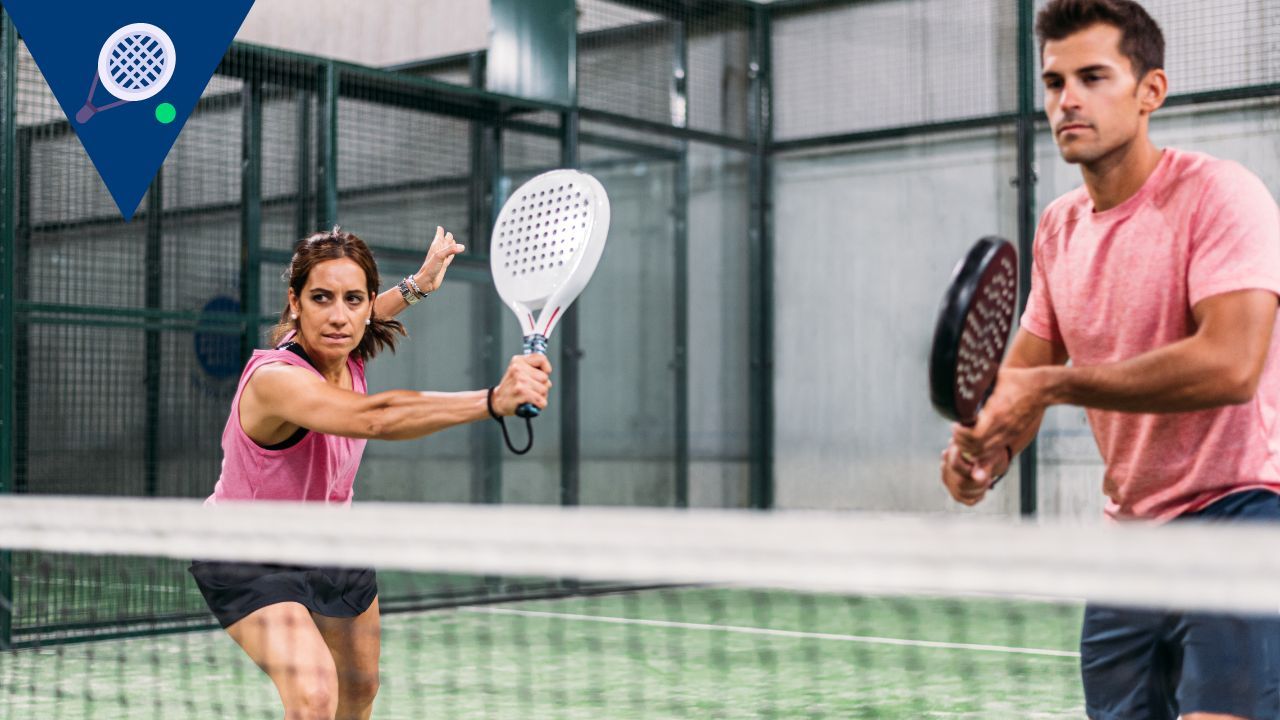
7. Walls and Ceiling: The ball can hit the walls and ceiling as long as it remains within the court boundaries. However, it cannot hit the ground more than once before crossing the net.
8. No Overhead Serve: Underhand serves are required in padel, and overhead serves are not allowed.
9. Playing Doubles: Padel is commonly played in doubles, with two players on each team. Players rotate positions after each game.
10. Have Fun: Most importantly, have fun and enjoy the game! Padel is known for its social and friendly atmosphere, making it a great sport to play with friends and family.
Clothing & Other Equipment
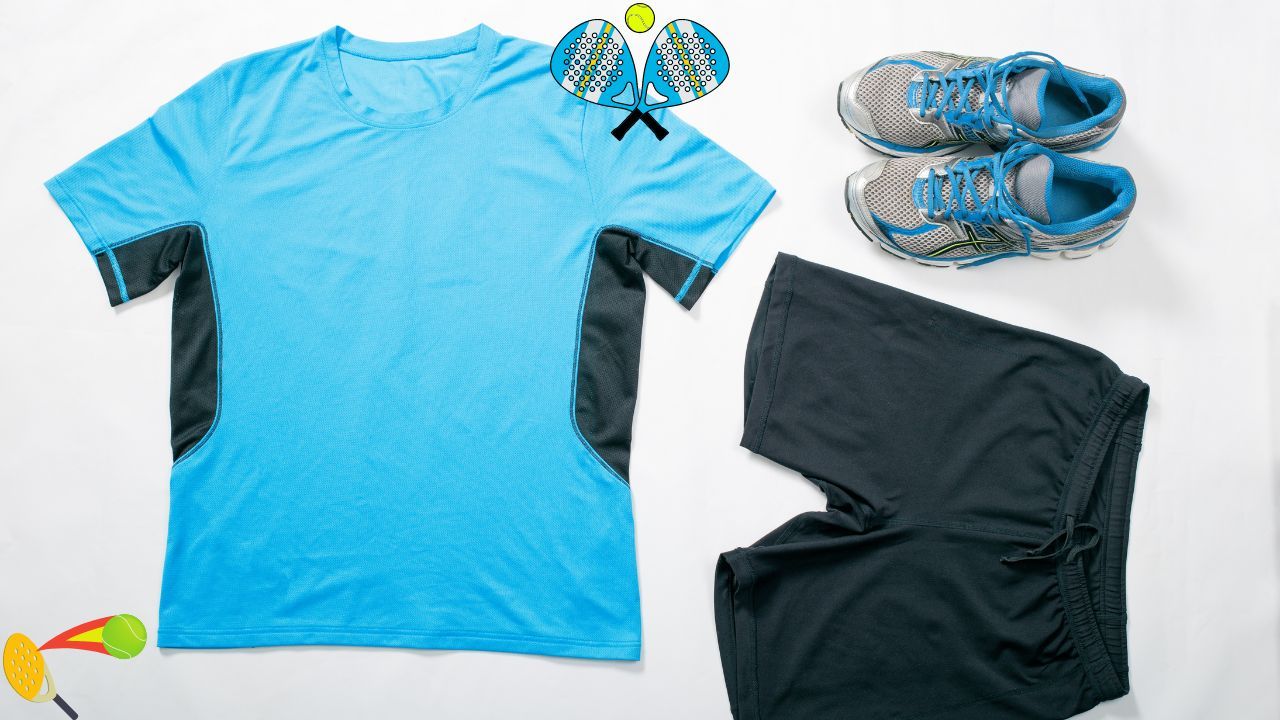
When it comes to padel, having the right clothing and equipment can take your game to a whole new level. From stylish attire to essential gear, let's explore what you need to rock the padel court like a pro!
Padel Clothing

- Comfortable Apparel: Opt for moisture-wicking, breathable fabrics that keep you cool and dry during intense rallies. Lightweight shorts, skirts, or athletic pants are ideal for unrestricted movement.
- Performance Shirts: Choose fitted, high-performance shirts that provide ease of movement and offer protection from the sun's rays.

- Proper Footwear: Invest in padel-specific shoes with gum rubber soles to provide excellent traction and prevent slipping on the court.

- Padel Racket: The heart of your game! Select a padel racket that suits your playing style. Consider the shape, weight, and balance for the perfect match.

- Padel Balls: Grab a set of padel balls designed to bounce well on the court's surface and walls, ensuring an exciting and consistent game.

- Grip Tape: Enhance your grip on the racket handle with high-quality grip tape, ensuring better control and preventing slippage during play.
- Padel Bag: Keep your gear organized and ready to go with a dedicated padel bag that accommodates your rackets, balls, and other essentials.

Extras
- Sun Protection: Don't forget sunscreen, a cap, or a visor to shield yourself from the sun during outdoor matches.
- Sweatbands: Stay dry and comfortable with sweatbands for your wrists and head, keeping perspiration at bay.
- Water Bottle: Stay hydrated on the court with a trusty water bottle to keep you fueled and energized.
Remember, comfort and functionality are key when choosing your padel clothing and equipment. Whether you're a beginner or a seasoned player, having the right gear can enhance your performance and elevate your overall playing experience. So, suit up, gear up, and get ready to unleash your padel prowess!
HOW IS PROFESSIONAL PADEL ORGANIZED?
Professional Padel is organized through various tournaments and circuits that bring together the top players from around the world to compete at the highest level. Here's an overview of how professional padel is organized:
1. International Padel Federation (FIP): The FIP is the global governing body for padel and oversees the sport's development, rules, and international competitions. It sets the standards for professional play and promotes padel on a global scale.
2. Professional Padel Tours
- World Padel Tour (WPT): The World Padel Tour is the most prestigious and well-known professional padel tour in the world. It features top-ranked players and hosts tournaments at various locations across the globe. The WPT season consists of multiple tournaments, culminating in a Grand Finale that crowns the season's champions.
- Padel Pro Tour (PPT): The Padel Pro Tour was one of the leading professional tours, but in recent years, it has merged with the World Padel Tour, consolidating the best talent and providing an even more competitive platform for players.
3. Ranking System: Professional Padel players earn points based on their performance in tournaments, which contribute to their world ranking. The ranking system determines a player's position and influences their participation in higher-level tournaments.
4. Prize Money: Professional Padel tournaments offer significant prize money for top-performing players. The prize pool varies depending on the tournament's status and level, with the World Padel Tour offering substantial rewards for its winners.
5. Padel Clubs and Facilities: Professional Padel tournaments take place at top-notch Padel clubs and facilities equipped with the best court conditions, seating areas, and amenities for players and spectators.
6. Sponsorships and Media Coverage: Professional Padel relies on sponsorships from various brands to support tournaments and players. Media coverage, including live streaming, TV broadcasts, and online updates, allows fans worldwide to follow the action and support their favorite players.
7. National Federations: National padel federations play a crucial role in organizing and supporting professional padel within their respective countries. They also help promote the sport, develop talent, and foster a competitive environment for players.
Padel Rackets
Padel rackets, also known as padel paddles or padel bats, are the essential tools that define a player's performance on the court. These rackets are specifically designed for padel, incorporating features that cater to the sport's unique gameplay and characteristics. Here's what you need to know about Padel rackets.
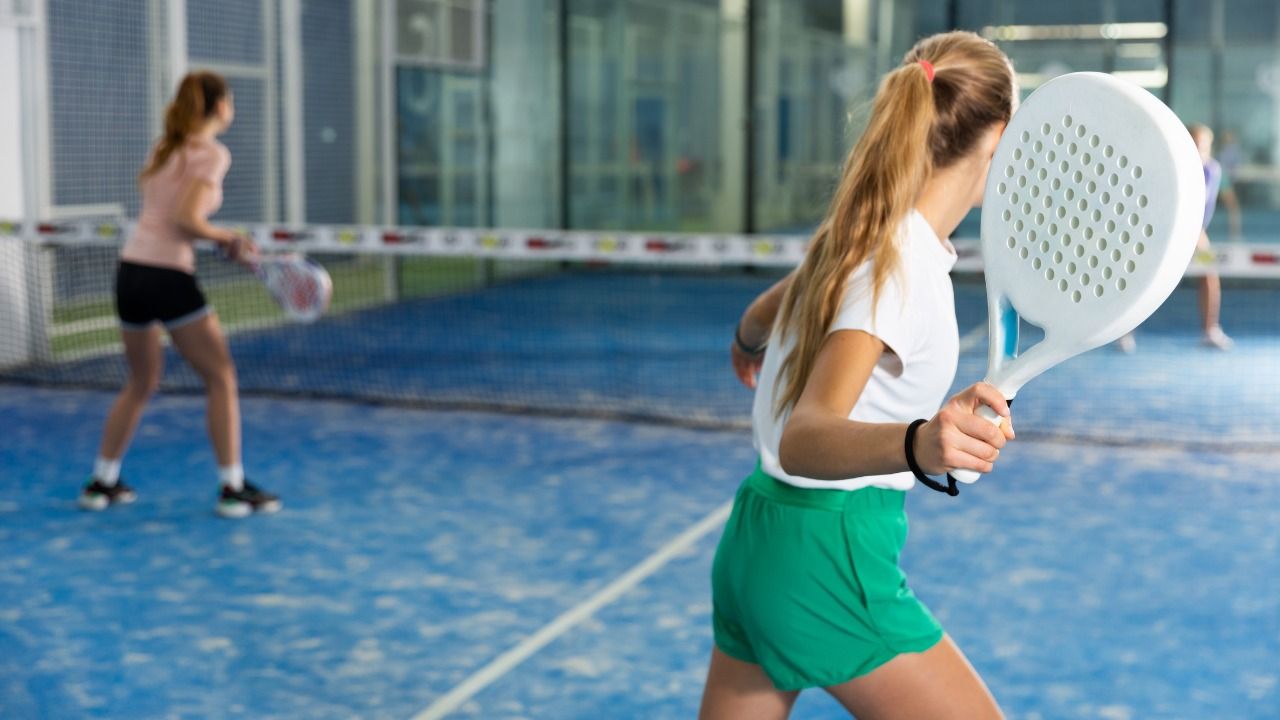
1. Shape: Padel rackets come in various shapes, with the most common being round and diamond. Round-shaped rackets offer a larger sweet spot and are more forgiving, making them ideal for beginners. Diamond-shaped rackets provide more power and control, suitable for advanced players who can handle extra maneuverability.
2. Weight: Padel rackets typically range in weight from 350 to 400 grams (approximately 12.3 to 14.1 ounces). Lighter rackets offer better maneuverability and are suitable for players who prefer a faster swing. Heavier rackets provide additional power and stability during shots.
3. Balance: Rackets have different balance points, categorized as head-heavy, head-light, or even-balanced. Head-heavy rackets offer more power, while head-light rackets prioritize maneuverability. Even-balanced rackets strike a balance between power and control.
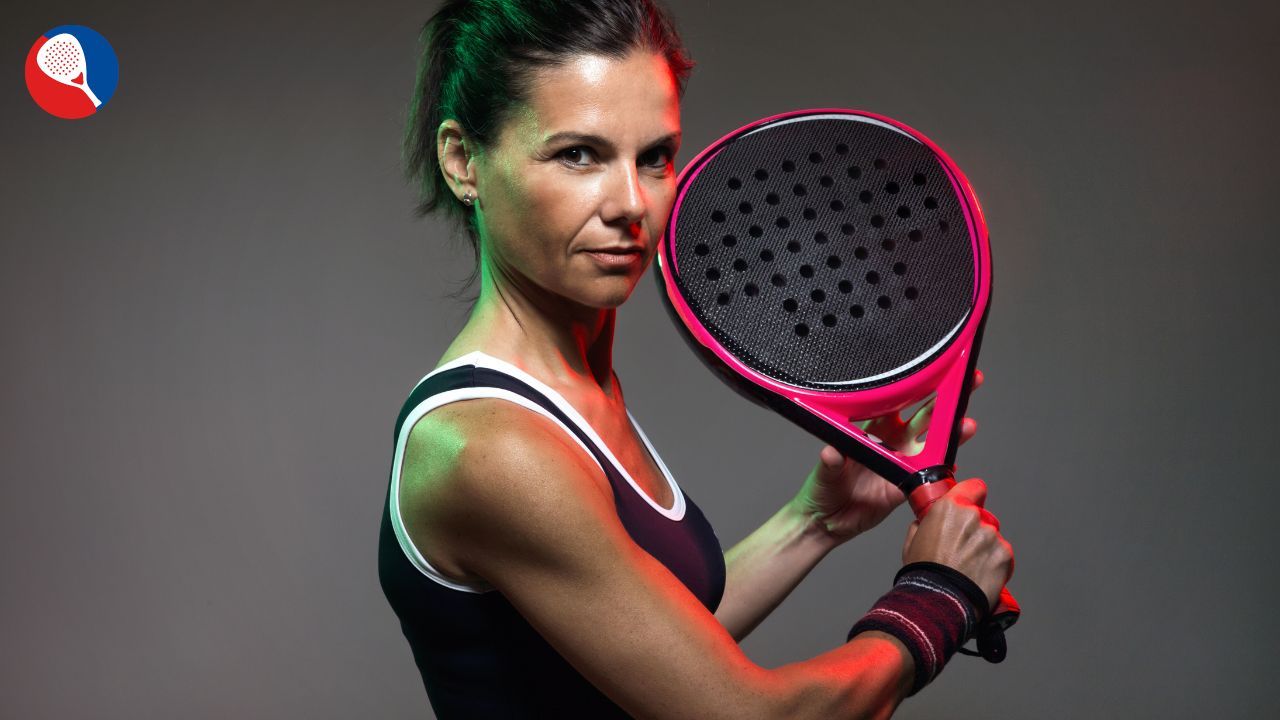
4. Materials: High-quality padel rackets are often constructed with materials such as carbon fiber, fiberglass, or a combination of both. These materials provide strength, durability, and excellent performance on the court.
5. Core: The core of a padel racket can be made of EVA foam or polyethylene foam. EVA foam offers a softer touch and increased control, while polyethylene foam provides more power and responsiveness.
6. Grip: The grip size of the racket can influence a player's comfort and control. Choose a grip size that allows you to hold the racket comfortably and firmly during play.
7. Brand and Model: There are numerous brands and models of padel rackets available, each offering unique technologies and designs. Some popular brands include Bullpadel, Head, Babolat, Nox, and Adidas, among others.
Padel
FAQs
Q: What is padel called in America?
Answer: In America, the padel is generally referred to as the Padel. The sport is commonly known by its original name, and there is no specific alternate name used exclusively in the United States. As padel gains popularity in the country, it continues to be known as "padel" in line with its international recognition and standard terminology. Whether you're in the United States or anywhere else in the world, "padel" remains the name of this exciting and rapidly growing racket sport!
Q: Why is Padel becoming so popular?
Answer: Padel is becoming increasingly popular for several reasons, which have contributed to its rapid growth and widespread appeal:
1. Accessibility and Inclusivity: Padel is often perceived as a more accessible sport compared to traditional tennis. The enclosed court with glass walls allows players to keep the ball in play for longer rallies, making it easier for beginners to enjoy the game. Additionally, its social and friendly atmosphere encourages people of all ages and skill levels to participate, creating a welcoming environment for newcomers.
2. Easy to Learn: Padel's rules and gameplay are relatively easy to grasp, especially for those familiar with tennis or squash. The double-bounce rule and the use of walls make it less intimidating for beginners, enabling them to enjoy the sport and improve their skills quickly.
3. Social and Fun: Padel is known for its social aspect, making it a great way to spend time with friends and family. The sport promotes teamwork, communication, and camaraderie among players, fostering a strong sense of community on and off the court.
4. Physical Activity: Padel provides an excellent workout, combining cardio, strength, and agility elements. The fast-paced rallies and quick movements keep players engaged, making it an enjoyable way to stay active and fit.
5. Growing Number of Facilities: Padel courts are increasingly available in various locations, from clubs and gyms to public parks. The expansion of padel facilities has made the sport more accessible to a broader audience, contributing to its popularity.
6. Global Success: Padel has gained significant traction in countries like Spain, Argentina, Mexico, and other Latin American nations, where it has become deeply rooted in the culture. The success of the sport in these regions has inspired its spread to other parts of the world.
7. Professional Tournaments: The establishment of professional padel tours, such as the World Padel Tour (WPT), has raised the sport's profile and provided top players with a platform to showcase their skills. These high-level tournaments attract media attention and create excitement around the sport.
8. Celebrity Endorsements: The involvement of celebrities and athletes from other sports who have embraced Padel has also brought attention to the sport, contributing to its growing popularity.
Overall, Padel's combination of accessibility, fun gameplay, and social aspects has resonated with people worldwide, leading to a surge in interest and participation. As the sport continues to expand globally, its popularity is expected to keep rising, drawing in even more enthusiasts eager to experience the thrill of padel.
Q: Why is Padel so expensive?
Answer: Padel can be perceived as expensive for a few reasons:
1. Court Construction: Building a padel court with glass walls and a suitable playing surface can be costly. The cost of construction, materials, and maintenance for these specialized courts can contribute to the overall expense.
2. Equipment: High-quality padel rackets and balls, essential for optimal performance, can be relatively expensive compared to other sports equipment. Professional-grade rackets and premium balls often come with higher price tags.
3. Facility Fees: Padel is often played at private clubs or dedicated padel facilities, which may require membership fees or court rental charges. These fees can vary depending on the location and popularity of the sport in the area.
4. Professional Tournaments: While professional Padel tournaments can be exciting to watch, attending such events may involve ticket costs, especially for prestigious tournaments like the World Padel Tour.
5. Branding and Sponsorships: Some premium Padel brands may command higher prices due to their reputation, technology, and endorsements. Players might opt for well-known brands, driving up the cost of their gear.
6. Location: The cost of playing Padel can vary based on the region or country. In areas where padel is less popular or relatively new, the scarcity of courts or equipment suppliers may lead to higher prices.
Despite the initial expense, Padel offers numerous benefits, including social interactions, physical activity, and an enjoyable gameplay experience.
Q: Why is padel easier than tennis?
Answer: Padel is often considered easier than tennis for several reasons:
1. Court Size: Padel courts are smaller than tennis courts, making them easier to cover and navigate. The reduced court dimensions require less running and allow players to reach the ball more easily.
2. Double Bounce Rule: Padel has a unique "double bounce" rule, which means that the ball must bounce once on each side before players can volley. This rule slows down the game and gives players more time to react and position themselves, making it easier for beginners to get into the rhythm of the sport.
3. Walls as Allies: The glass walls surrounding the padel court serve as allies rather than obstacles. Players can use the walls to bounce the ball and strategically place shots, making it easier to keep the ball in play and extend rallies.
4. Reduced Serve Difficulty: Padel serves are underhand, which is generally easier for beginners to master compared to the more complex overhead serve in tennis.
5. Teamwork: Padel is primarily played in doubles, fostering teamwork and cooperation between partners. Having a teammate to cover different areas of the court can make it less physically demanding for individual players.
6. Lower Impact on Joints: The softer padel ball and the smaller court size can be gentler on players' joints, reducing the risk of injuries, especially for older or less physically fit individuals.
Both sports have their unique challenges and nuances that can appeal to different players. Ultimately, whether someone finds padel easier or not, both sports offer enjoyable and rewarding experiences on the court.
Q: Is Padel an Olympic sport?
Answer: As of my last update in September 2021, Padel is not currently an Olympic sport. While the sport of padel has been growing in popularity and has a dedicated international governing body, the International Padel Federation (FIP), it has not yet been included in the official program of the Olympic Games.
The process of adding a new sport to the Olympic program involves a formal application and evaluation by the International Olympic Committee (IOC). Sports seeking inclusion in the Olympics must meet specific criteria, including global popularity, gender representation, and adherence to Olympic values.
While Padel has not reached the Olympic stage yet, it is possible that the sport's rising popularity and international appeal could lead to future considerations for inclusion in the upcoming Olympic Games. The possibility of Padel becoming an Olympic sport remains an exciting prospect for fans and enthusiasts of the sport.
Related Articles Worth Reading!
- Game On the Go: Unleash the Fun with a Portable Pickleball Net!
- 10 Pickleball Rules You Need to Know to Dominate the Court Like a Pro!
- 4 Must-Have Pickleball Paddles That'll Up Your Game in No Time!
- Game On: Unveiling Pickleball Set That Will Revolutionize Your Playtime!
- Demystifying the Magic of Pickleball Paddle Grips
- Ideas That'll Upgrade Your Home Office Comfort
- Unleash Your Game With The Perfect Pickleball Shoes for Men
Key Takeaways!
Padel has emerged as an exhilarating and inclusive sport that brings together players of all ages and skill levels. With its unique blend of tennis and squash, coupled with the strategic use of glass walls, Padel offers an enjoyable and accessible playing experience for both newcomers and seasoned athletes alike. Its social nature fosters strong bonds among players, creating a sense of camaraderie and fun on the court. As Padel continues to captivate enthusiasts across the globe, its presence in sports communities is on the rise, with more facilities and professional tournaments emerging to meet the growing demand. So, whether you're looking for a dynamic workout, a chance to bond with friends, or simply a sport that brings joy and excitement, Padel is undoubtedly a game worth exploring. Step onto the court, embrace the thrill of the rallies, and embark on an adventure where racket magic meets unbeatable fun!
Pickleball Articles Worth Reading!
- Game On the Go: Unleash the Fun with a Portable Pickleball Net!
- 10 Pickleball Rules You Need to Know to Dominate the Court Like a Pro!
- 4 Must-Have Pickleball Paddles That'll Up Your Game in No Time!
- Game On: Unveiling Pickleball Set That Will Revolutionize Your Playtime!
- Demystifying the Magic of Pickleball Paddle Grips
- Ideas That'll Upgrade Your Home Office Comfort
- Unleash Your Game With The Perfect Pickleball Shoes for Men
